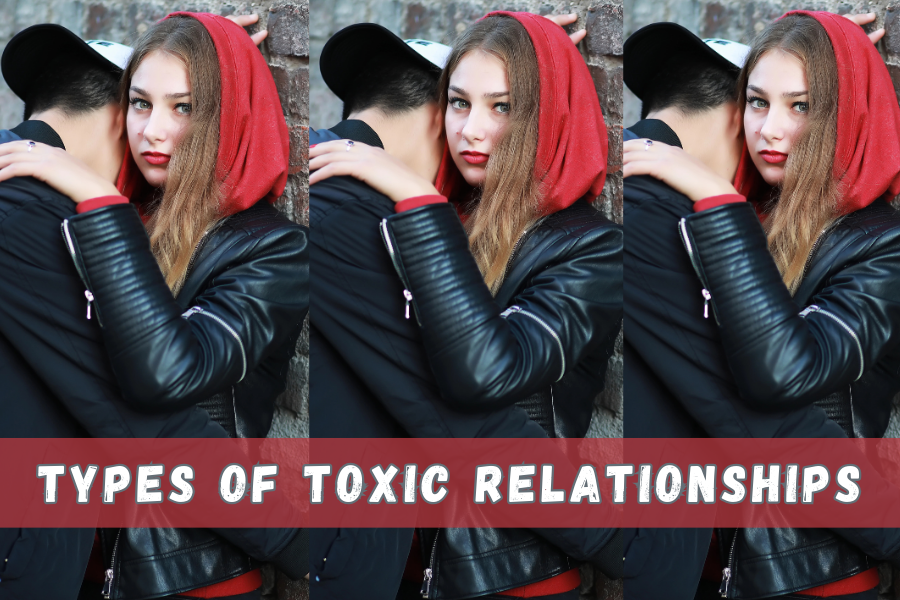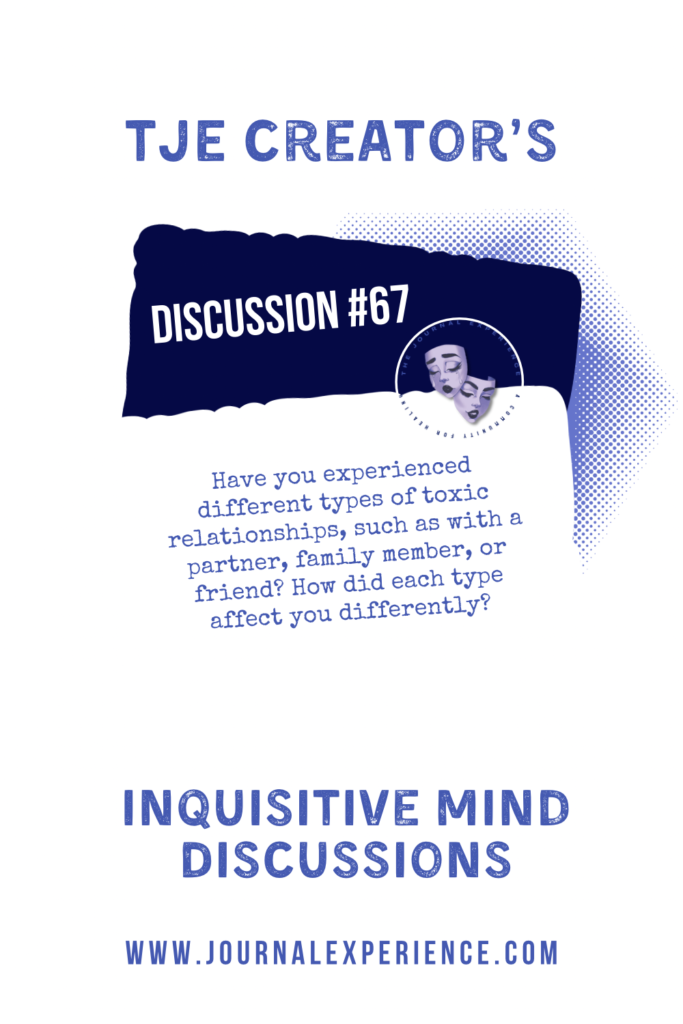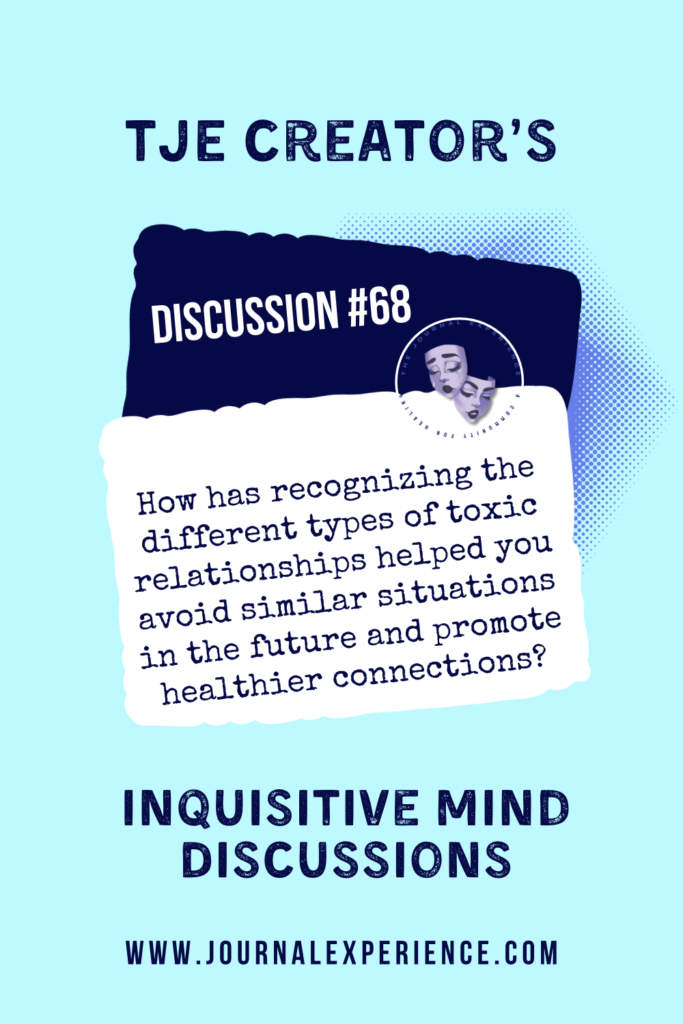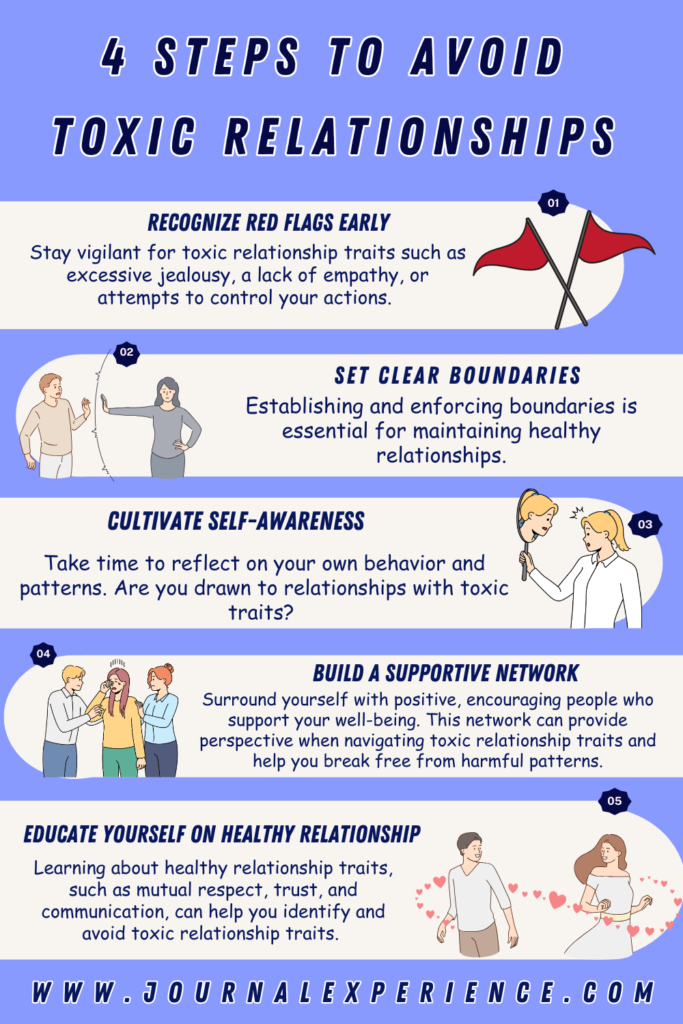Toxic relationships can be emotionally draining, mentally exhausting, and even physically harmful.

However, not all toxic relationships exhibit the same traits. While some are overtly abusive, others are more subtle and harder to detect. At their core, toxic relationship traits are defined by unhealthy dynamics that harm one or both individuals involved. These traits may stem from unresolved emotional issues, past trauma, or mismatched values. Toxic relationships can occur in various settings—romantic partnerships, friendships, family dynamics, or even professional environments.
This guide examines the different toxic relationship traits, their underlying dynamics, and the steps you can take to avoid or recover from them. By recognizing these harmful patterns, you can break free and rebuild healthier connections.
1. Identifying and Understanding Toxic Relationship Traits
Toxic relationships come in many forms, each with unique traits and dynamics. Understanding these toxic relationship traits and their underlying causes can help you recognize harmful patterns early on:
1.1 Controlling Relationships
One of the most evident toxic relationship traits is control. In controlling relationships, one partner seeks to dominate the other by dictating actions, choices, or social interactions. These relationships often stem from insecurity or a desire for power. Common signs of controlling behavior include isolation from loved ones, constant monitoring, and the suppression of personal freedom.
1.2 Emotionally Abusive Relationships
Emotional abuse is another toxic relationship trait that involves manipulation, gaslighting, or relentless criticism. Often rooted in unresolved trauma, these behaviors undermine the victim’s self-esteem and create a sense of dependence. Emotional abuse is subtle but extremely damaging, especially in the long run.
1.3 Codependent Relationships
Codependent relationships are marked by excessive reliance on one another to meet emotional needs, often at the expense of personal growth. This toxic trait can leave both individuals feeling trapped in a cycle of dependency, preventing them from developing healthy self-identity or emotional independence.
1.4 Neglectful Relationships
A common yet often overlooked toxic relationship trait is neglect. In neglectful relationships, one partner fails to provide emotional support, care, or attention. Poor communication and emotional withdrawal are common indicators, leaving the other person feeling unimportant or unseen.
1.5 Exploitative Relationships
Manipulation and exploitation are hallmarks of exploitative relationships, where one person uses the other for personal gain—whether financial, emotional, or professional. This toxic relationship trait is driven by a lack of mutual respect and genuine care for the other person’s well-being.

2. The Root Causes of Toxic Relationship Traits
Toxic relationships don’t form overnight. They often develop as a result of underlying issues, including the following toxic relationship traits:
2.1 Unresolved Past Trauma
People with unresolved trauma may unconsciously recreate harmful dynamics from their past relationships. These toxic relationship traits stem from deep emotional wounds that haven’t been healed, causing unhealthy patterns to emerge.
2.2 Fear of Loneliness
A fear of being alone often drives people to stay in toxic relationships. Even when they recognize the harm, they might hold onto unhealthy connections due to a deep-seated fear of isolation. This fear can result in enduring toxic relationship traits like emotional neglect or manipulation.
2.3 Lack of Boundaries
Without clear personal boundaries, individuals may feel overwhelmed or manipulated, which creates toxic relationship traits like emotional exhaustion, resentment, or a lack of respect for one another’s needs.
2.4 Power Imbalances
In toxic relationships, one partner may dominate the other, creating a dangerous power imbalance. This dynamic fuels toxic relationship traits like control, emotional abuse, and exploitation, where one person’s needs consistently outweigh the other’s.
2.5 Poor Communication
Misunderstandings, avoidance, or an inability to express needs often lead to frustration, emotional withdrawal, and toxic relationship traits like manipulation or neglect. Communication is a foundational element of healthy relationships, and poor communication can set the stage for toxicity to thrive.
3. The Impact of Toxic Relationship Traits on Well-Being
Toxic relationships can take a significant toll on various aspects of your life, manifesting in both emotional and physical ways. Recognizing the impact of toxic relationship traits is crucial to understanding their broader effects:
3.1 Emotional Impact
Toxic relationship traits like constant criticism, manipulation, or neglect can severely affect emotional well-being. For example:
- Low Self-Esteem: Persistent emotional abuse or neglect erodes your confidence.
- Feelings of Guilt or Shame: Victims may internalize the toxic traits of the relationship, blaming themselves for the dysfunction.
3.2 Mental Health Impact
The long-term effects of toxic relationship traits can be profound on mental health:
- Anxiety and Depression: Continuous stress and negativity can lead to chronic mental health challenges like anxiety or depression.
- Emotional Exhaustion: Managing toxic relationship traits, such as constant manipulation or emotional withdrawal, can lead to severe emotional burnout.
3.3 Physical Impact
Toxic relationship traits are not only emotionally and mentally draining—they can also affect your physical health:
- Stress-Related Illnesses: Chronic stress from unhealthy relationship dynamics can result in headaches, digestive issues, or a weakened immune system.
- Sleep Disturbances: Toxic dynamics often result in insomnia or restless nights, exacerbating physical health problems.

If toxic relationship patterns have left you emotionally depleted or disconnected from yourself, the Healing The Inner Trauma Child (HITCH) Method offers a powerful path to reconnect with your identity, rebuild emotional resilience, and begin deep, trauma-informed healing.
4. Steps to Avoid Toxic Relationship Traits
Avoiding toxic relationships starts with self-awareness and the recognition of harmful patterns. By understanding toxic relationship traits, you can take proactive steps to protect yourself:
4.1 Recognize Red Flags Early
Stay vigilant for toxic relationship traits such as excessive jealousy, a lack of empathy, or attempts to control your actions. Early recognition is key to avoiding these dynamics.
4.2 Set Clear Boundaries
Establishing and enforcing boundaries is essential for maintaining healthy relationships. By clearly communicating your needs and limits, you protect yourself from toxic relationship traits like emotional manipulation or neglect.
4.3 Cultivate Self-Awareness
Take time to reflect on your own behavior and patterns. Are you drawn to relationships with toxic traits? By understanding why these traits appeal to you, you can make healthier relationship choices.
If you’re struggling to set boundaries or feel stuck in repetitive patterns, the Codependency Therapy | Self Love Recovery Treatment Program provides step-by-step guidance to help you break free from toxic dynamics and restore emotional independence.
4.4 Build a Supportive Network
Surround yourself with positive, encouraging people who support your well-being. This network can provide perspective when navigating toxic relationship traits and help you break free from harmful patterns.
4.5 Educate Yourself on Healthy Relationships
Learning about healthy relationship traits, such as mutual respect, trust, and communication, can help you identify and avoid toxic relationship traits. Knowledge is power when it comes to building strong, fulfilling relationships.
5. Healing from Toxic Relationships
Healing from toxic relationships is a gradual process. The journey involves recognizing the toxic relationship traits you’ve experienced and taking intentional steps to move forward:
5.1 Seek Professional Help
Therapists and counselors can help you process emotions, rebuild your self-esteem, and understand the toxic relationship traits that may have shaped your past relationships.
5.2 Practice Self-Care
Engage in self-care activities that nurture your emotional and physical health. Whether it’s through exercise, meditation, or creative outlets, self-care is essential for healing from toxic relationship traits.
5.3 Rebuild Your Sense of Identity
Revisit hobbies and passions that may have been neglected during toxic relationships. This helps you reconnect with your authentic self and break free from harmful patterns.
5.4 Forgive Yourself
Let go of any guilt or shame you may feel for staying in toxic relationships. Focus on the progress you’ve made and allow yourself to heal.
5.5 Create Healthy Boundaries for Future Relationships
Apply the lessons learned from past toxic relationships to set stronger, more respectful boundaries in future relationships.
Understanding why we’re drawn to toxic dynamics is key to healing. The Webinar: Origins of Codependency and Pathological Narcissism offers powerful insight into how early relational wounds lead to repeated toxic patterns—and how to break the cycle for good.
Overview
Toxic relationship traits can be devastating, but they don’t have to define your future. By understanding the different toxic traits, recognizing their impact, and taking proactive steps to avoid or heal from them, you can reclaim your emotional, mental, and physical well-being.

Ready to transform your life? Subscribe to The Journal Experience Newsletter and join a community dedicated to personal growth and empowerment. Become a member of The Journal Experience today and start your journey to healing and happiness!